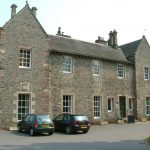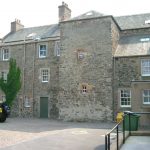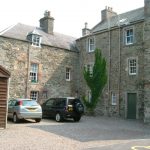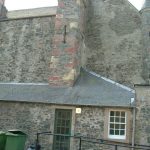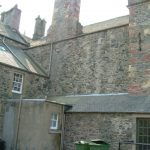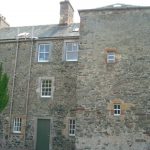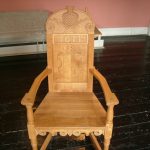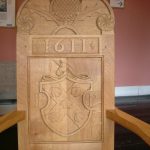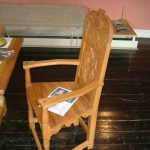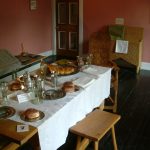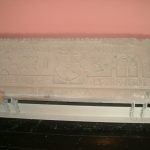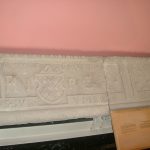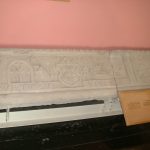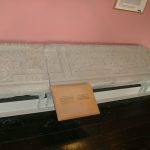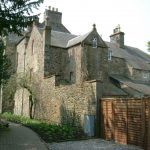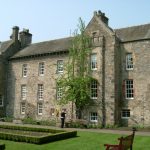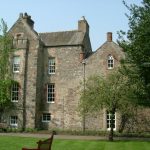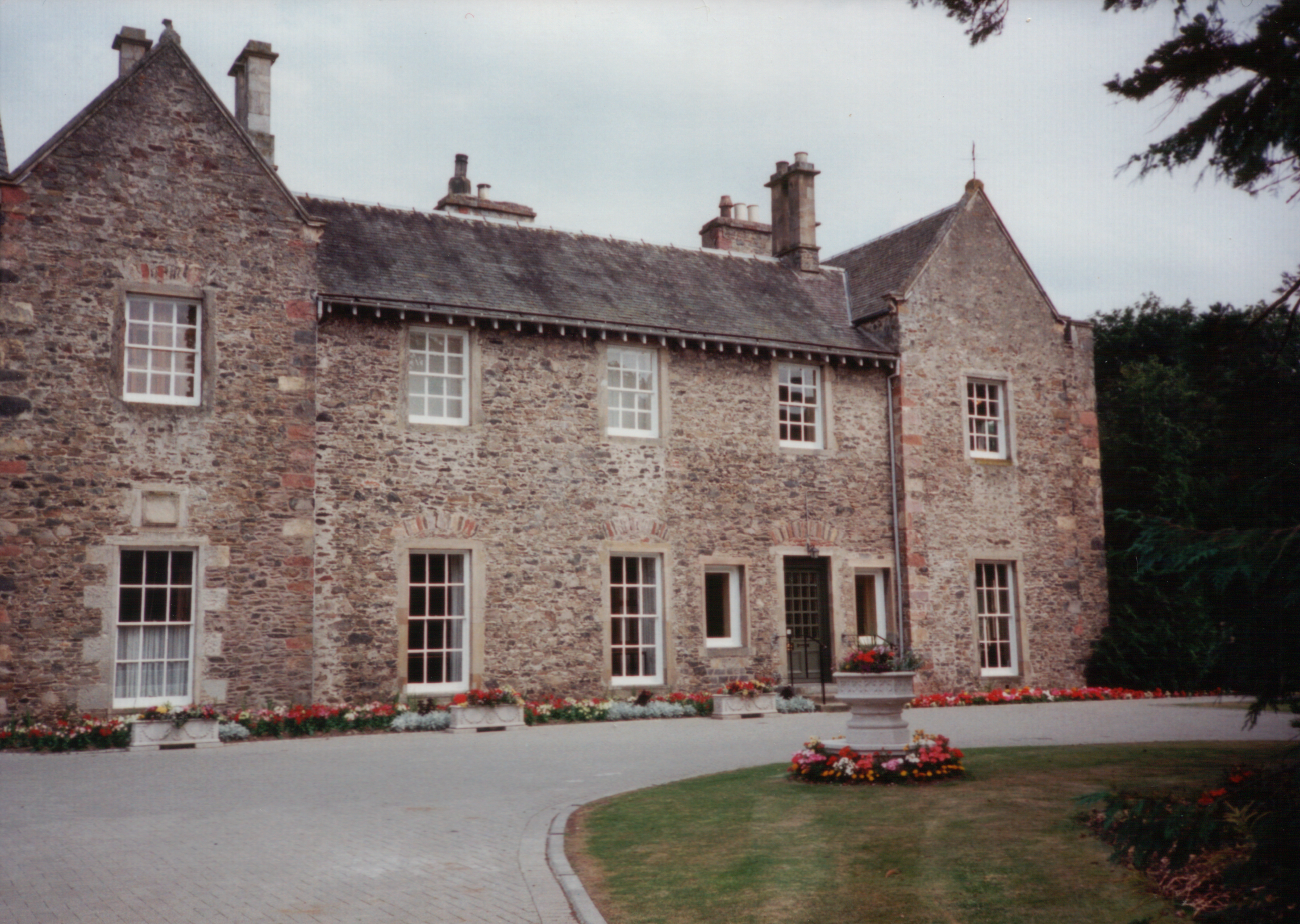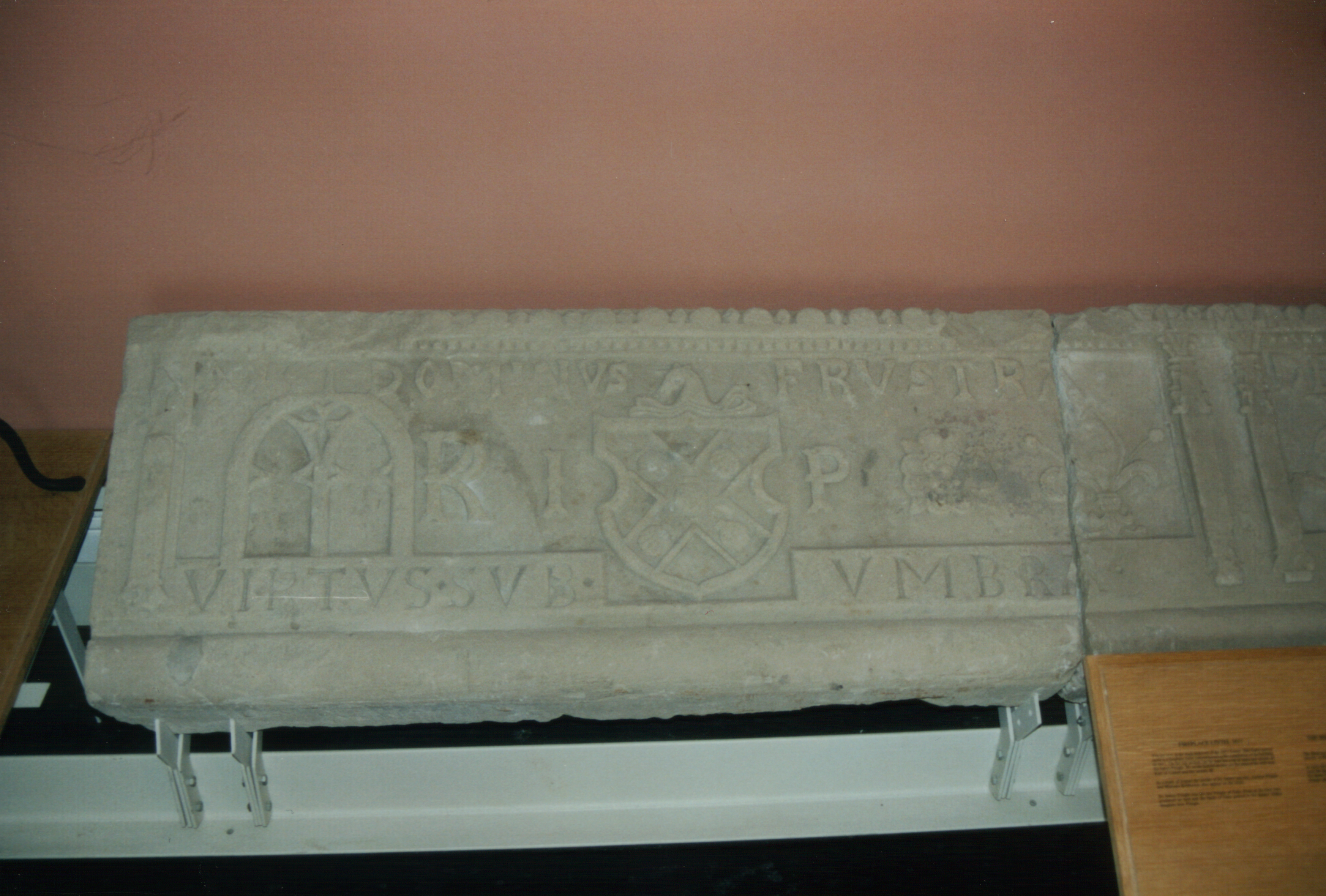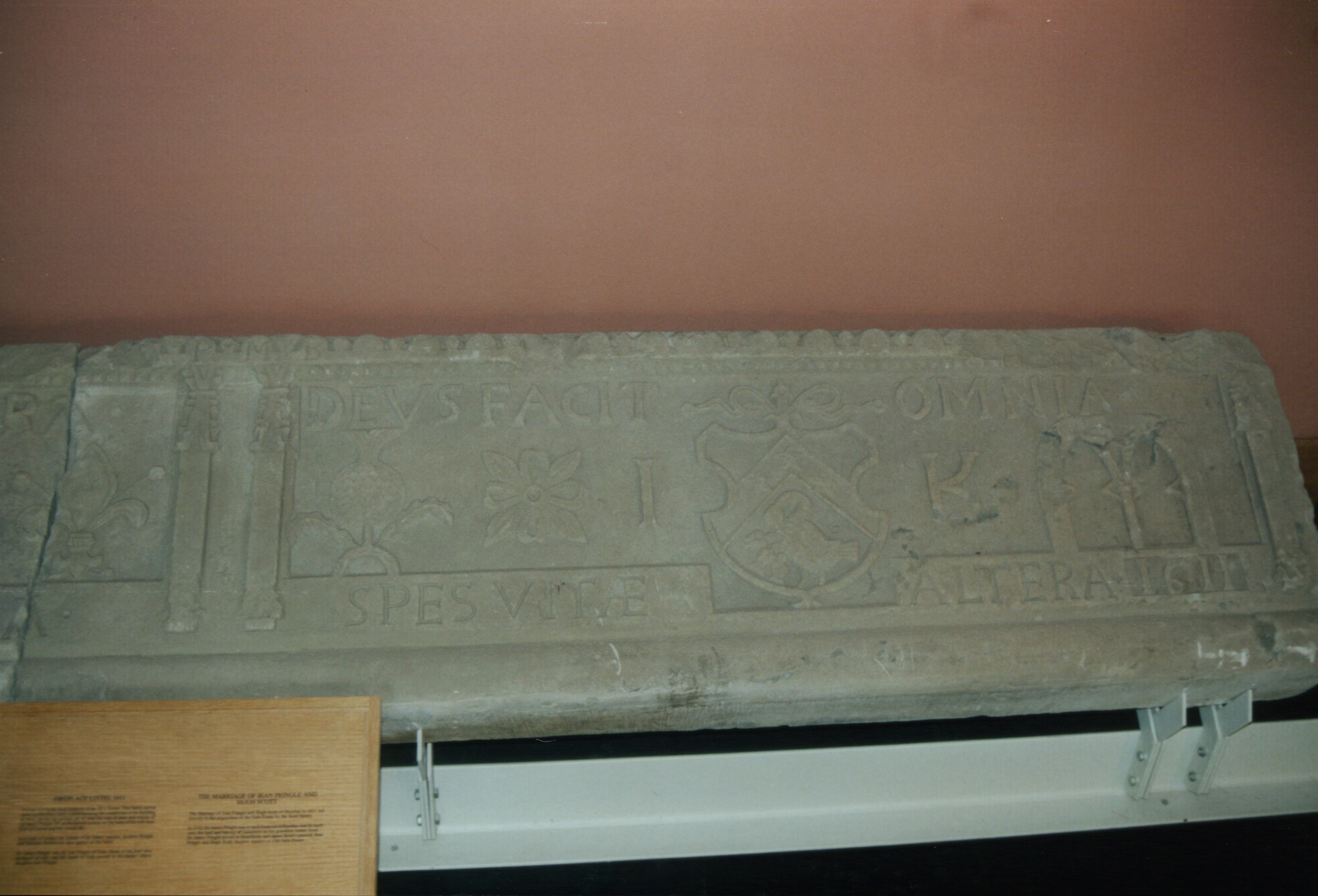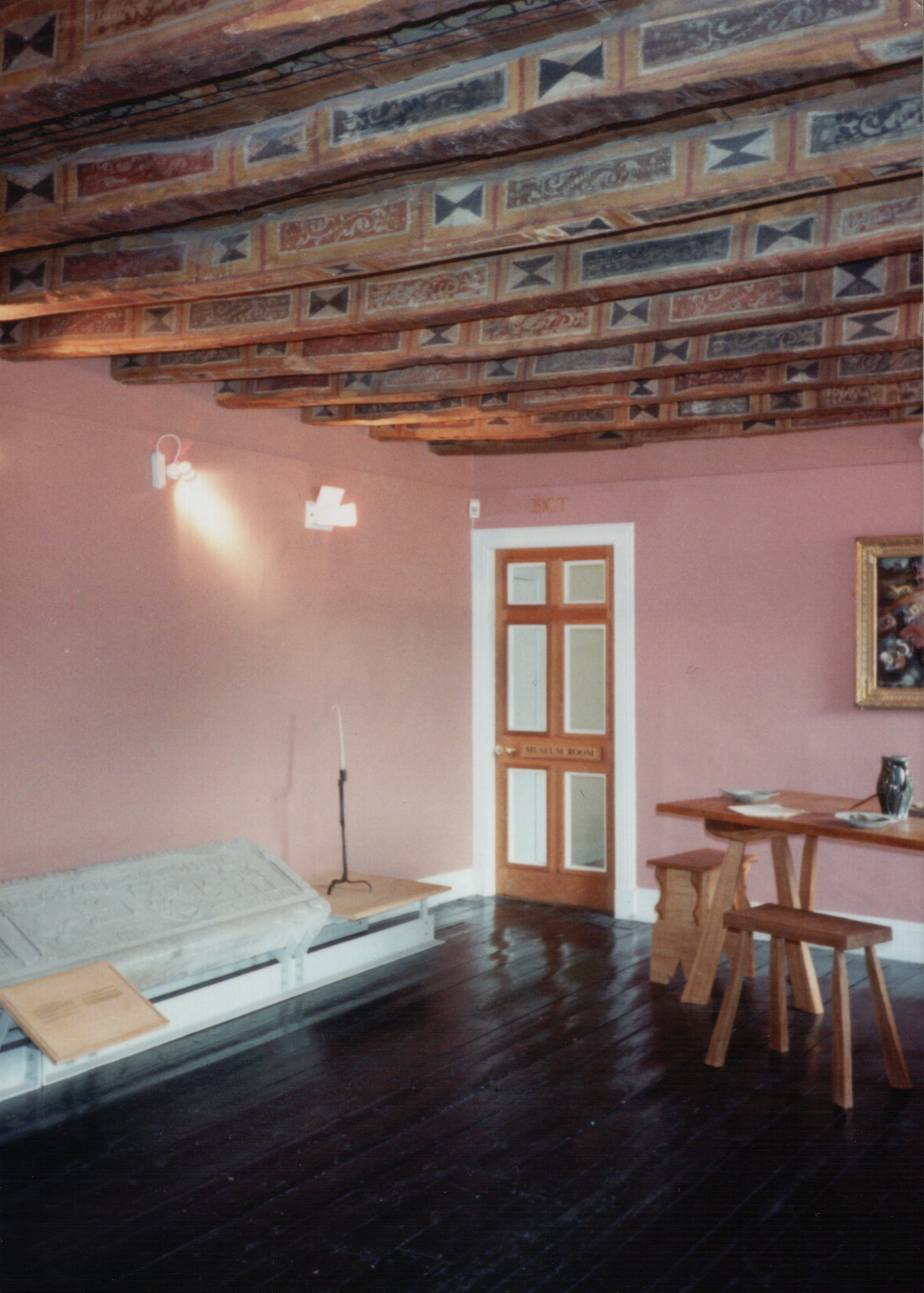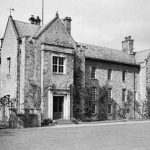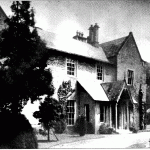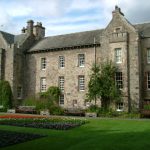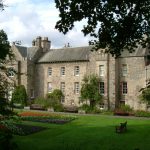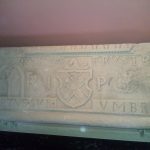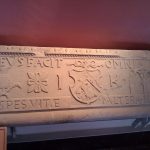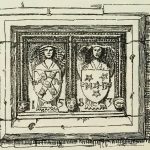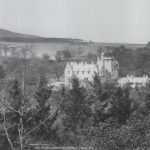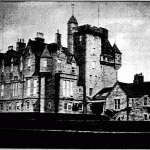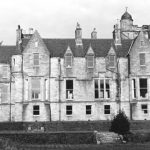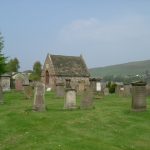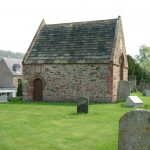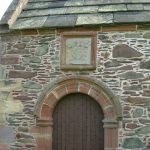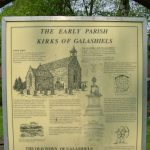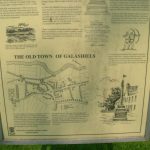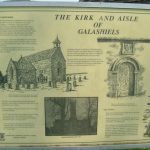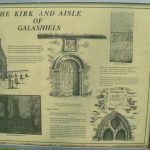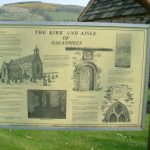Gala
The Pringle Lairds of Gala
The name Galashiels is derived from shiels or shielings which means dwellings, this is usually preceded by a place or personal name, hence Galashiels means dwellings by the Gala Water. The first recorded reference to the town was in 1124, during the reign of David I, contained in a charter where it was referred to as Galche. Gala Hill was first mentioned in the writings of Blind Harry in 1296 when he refers to William Wallace’s pursuit of Cospatrick, Earl of Dunbar, who had taken refuge on top of Gala Hill. In 1321 Robert the Bruce granted Ettrick Forest to Sir James Douglas (later the Earl of Douglas). The Earls of Douglas had a strong tower (called Hunters Hall) in Galashiels in what is now Glebe Street. By 1467 there was evidence of a skilled community in the town as court records tell of several local people being fined, among them were smiths, wheelwrights, foresters andspaders (involved with canon carriages). The Earl of Douglas granted the lairdship of Galashiels and Mossilee (and Smailholm) to the Pringle family who were their hereditary shield bearers. The fall of the House of Douglas in 1455 did not affect the Hoppringills of Galashiels as the Crown continued to recognise their position. 1503 saw the betrothal of Margaret Tudor (Henry VII daughter) to King James IV at the mercat cross and on that occasion she was given the lands of Ettrick forest. The first street in Galashiels would have been Church street with the mercat cross at one end, followed by Elm Row. At the Battle of Flodden the Laird of Galashiels and four of his five sons were killed so that the fifth son, who had been left behind, became the next Laird. The last Pringle Laird of Gala was Sir James Pringle, who built the 1611 Tower and created Galashiels a Burgh of Barony in 1599. His daughter Jean married Hugh Scott and his sons became the Lairds of Galashiels. Following the execution of Charles I, Oliver Cromwell defeated the covenanting army at Dunbar and during his campaign was reputed to have camped at Darlingfield (Glenfield) and at Torwoodlee. Galashiels has long been associated with the textile trade and the first references to three fulling mills in the town can be traced back to 1585. In 1599 Galashiels was created a Burgh and at that time the population of the town would have been 400-450.
Online book: The History of Galashiels, by Robert Hall, 1898
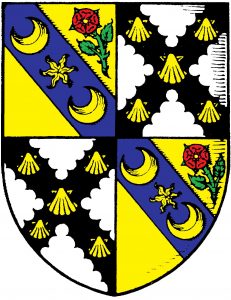
The Arms of the Scotts of Gala
Scott of Harden quartered with Pringle of Gala
Old Gala House Museum
New Gala House
New Gala House was built in 1876 by Hugh Scott, the Laird of Gala. The architect was David Bryce. It was unfortunately demolished in 1987.
Gala Aisle
Gala Aisle, the burial vault of the Scotts of Gala.

